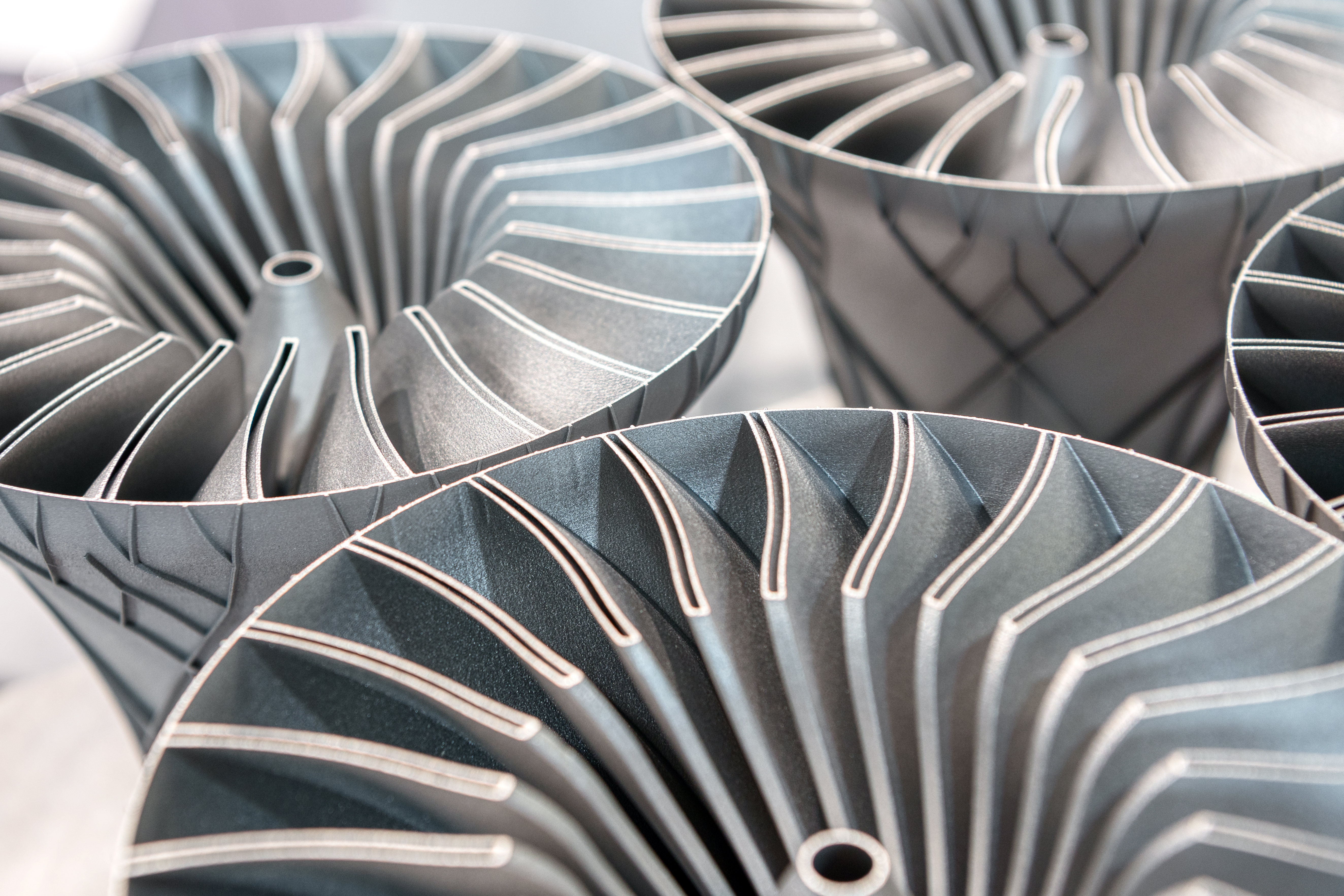Molten Liquid Nanodroplet Vacuum Impaction for Additive Manufacturing
An efficient, high purity material additive manufacturing technique designed to reduce material waste and energy consumption.
The additive manufacturing market has an existing need for a high purity material additive manufacturing process with reduced energy usage. Additive manufacturing uses data computer aided design (CAD) software or 3D object scanners to direct specialized hardware to deposit material, layer upon layer, in precise geometric shapes. Additive manufacturing adds material to create an object, rather than traditional methods where it is often necessary to remove material through milling, machining, carving, or shaping. The additive manufacturing market has various techniques to manufacture products, such as selective laser sintering, and rapid plasma deposition.
This technology uses heated materials (such as pure copper) to generate a high vapor pressure. A stream of gas (for example nitrogen) then cools the vapor causing liquid nanodroplets to form. Next, metal liquid nanodroplets are transported toward the directed deposition location. To ensure precision, a nozzle separates the hot nitrogen/metal vapor environment from a near vacuum environment. The hot gas, and nanodroplets, are accelerated through the nozzle to the substrate. The vacuum impactor then allows the nanodroplets to impact the substrate with enough momentum at the desired location. The combination of high velocity and liquid state of the nanodroplets results in solid, pure metal deposition.

- Can done with pure materials, eliminating the need for binders.
- Energy efficient compared to existing additive manufacturing.
- Material efficiency, using most of the material deposited to reduce waste.
- Direction independent, the deposition can be on any shaped surface, in any orientation.
- High purity deposition, onto non-planar existing structures.
This technology could be of value to manufacturers of metal components for the aviation and aerospace industry. The demand for these components is likely to grow substantially as space exploration becomes increasingly privatized.
Patent Application #17/121,617 was filed on 12/14/2020.
TRL Level 6. A prototype has been developed, with samples available for demonstration.
The technology has not been licensed.
The technology could be licensed to any additive manufacturing company interested in metal fabrication for the aviation and space industry. The total metal additive manufacturing market is expected to grow at a compound annual growth rate (CAGR) of 20.7% by 2021 in the aviation industry
Patent Information:
| App Type |
Country |
Serial No. |
Patent No. |
Patent Status |
File Date |
Issued Date |
Expire Date |
|